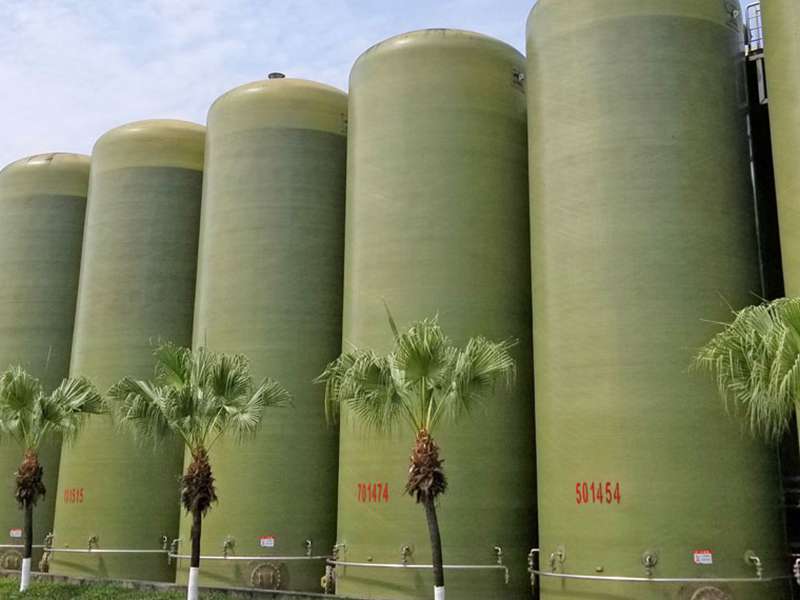
-
 Afrikaans
Afrikaans -
 Albanian
Albanian -
 Amharic
Amharic -
 Arabic
Arabic -
 Armenian
Armenian -
 Azerbaijani
Azerbaijani -
 Basque
Basque -
 Belarusian
Belarusian -
 Bengali
Bengali -
 Bosnian
Bosnian -
 Bulgarian
Bulgarian -
 Catalan
Catalan -
 Cebuano
Cebuano -
 China
China -
 China (Taiwan)
China (Taiwan) -
 Corsican
Corsican -
 Croatian
Croatian -
 Czech
Czech -
 Danish
Danish -
 Dutch
Dutch -
 English
English -
 Esperanto
Esperanto -
 Estonian
Estonian -
 Finnish
Finnish -
 French
French -
 Frisian
Frisian -
 Galician
Galician -
 Georgian
Georgian -
 German
German -
 Greek
Greek -
 Gujarati
Gujarati -
 Haitian Creole
Haitian Creole -
 hausa
hausa -
 hawaiian
hawaiian -
 Hebrew
Hebrew -
 Hindi
Hindi -
 Miao
Miao -
 Hungarian
Hungarian -
 Icelandic
Icelandic -
 igbo
igbo -
 Indonesian
Indonesian -
 irish
irish -
 Italian
Italian -
 Japanese
Japanese -
 Javanese
Javanese -
 Kannada
Kannada -
 kazakh
kazakh -
 Khmer
Khmer -
 Rwandese
Rwandese -
 Korean
Korean -
 Kurdish
Kurdish -
 Kyrgyz
Kyrgyz -
 Lao
Lao -
 Latin
Latin -
 Latvian
Latvian -
 Lithuanian
Lithuanian -
 Luxembourgish
Luxembourgish -
 Macedonian
Macedonian -
 Malgashi
Malgashi -
 Malay
Malay -
 Malayalam
Malayalam -
 Maltese
Maltese -
 Maori
Maori -
 Marathi
Marathi -
 Mongolian
Mongolian -
 Myanmar
Myanmar -
 Nepali
Nepali -
 Norwegian
Norwegian -
 Norwegian
Norwegian -
 Occitan
Occitan -
 Pashto
Pashto -
 Persian
Persian -
 Polish
Polish -
 Portuguese
Portuguese -
 Punjabi
Punjabi -
 Romanian
Romanian -
 Russian
Russian -
 Samoan
Samoan -
 Scottish Gaelic
Scottish Gaelic -
 Serbian
Serbian -
 Sesotho
Sesotho -
 Shona
Shona -
 Sindhi
Sindhi -
 Sinhala
Sinhala -
 Slovak
Slovak -
 Slovenian
Slovenian -
 Somali
Somali -
 Spanish
Spanish -
 Sundanese
Sundanese -
 Swahili
Swahili -
 Swedish
Swedish -
 Tagalog
Tagalog -
 Tajik
Tajik -
 Tamil
Tamil -
 Tatar
Tatar -
 Telugu
Telugu -
 Thai
Thai -
 Turkish
Turkish -
 Turkmen
Turkmen -
 Ukrainian
Ukrainian -
 Urdu
Urdu -
 Uighur
Uighur -
 Uzbek
Uzbek -
 Vietnamese
Vietnamese -
 Welsh
Welsh -
 Bantu
Bantu -
 Yiddish
Yiddish -
 Yoruba
Yoruba -
 Zulu
Zulu
Innovative Fire-Resistant Fiberglass Solutions for Enhanced Safety and Durability
Fire Retardant Fiberglass A Comprehensive Overview
Fire retardant fiberglass is a crucial material in various industries where safety and performance are paramount. Its unique properties make it an ideal choice for applications that require fire resistance, durability, and lightweight characteristics. This article explores the benefits, applications, and mechanisms by which fire retardant fiberglass operates.
Fiberglass itself is composed of fine strands of glass, woven together to form a fabric that can be molded into various shapes. When treated with fire retardant chemicals, the fiberglass gains enhanced resistance to ignition and flame spread. These treatments work by forming a protective barrier that significantly slows down the combustion process, allowing more time for evacuation in case of a fire.
One of the primary benefits of fire retardant fiberglass is its ability to maintain structural integrity under high temperatures. Unlike traditional materials such as wood or plastic, which can warp or degrade, fire retardant fiberglass can withstand intense heat and remain functional. This characteristic is especially critical in industries like aerospace, marine, and construction, where safety is non-negotiable.
In the construction industry, fire retardant fiberglass is commonly used in insulation materials, wall panels, and roofing systems. Buildings constructed with fire-resistant materials contribute to safer environments and can potentially lower insurance costs. Additionally, compliance with local fire codes and regulations is simplified with the use of fire retardant fiberglass, making it a valuable choice for safety-conscious builders and architects.
fire retardant fiberglass

The marine industry also benefits greatly from fire retardant fiberglass. Boats and ships are required to meet stringent safety standards, and utilizing fire-resistant materials helps in adhering to these regulations. Fire retardant fiberglass is used in hulls, interiors, and various components, ensuring that vessels are equipped to handle emergencies effectively.
Furthermore, the aerospace sector employs fire retardant fiberglass in the manufacturing of aircraft components. Materials used in this industry must not only be lightweight but also capable of withstanding extreme conditions. The fire retardant properties of fiberglass make it suitable for use in places where heat accumulation is a risk, such as in engine compartments or near other heat-generating components.
The mechanism by which fire retardant fiberglass operates is primarily chemical. When exposed to fire, the retardant chemicals release non-flammable gases that help displace oxygen and cool the material, effectively slowing down the combustion process. This provides valuable time for individuals to evacuate and for firefighters to respond.
In conclusion, fire retardant fiberglass is an essential material in many critical industries. Its ability to resist ignition and maintain structural integrity in high-temperature environments makes it a preferred choice for enhancing safety. As innovations continue to evolve within the field, the future of fire retardant fiberglass looks promising, ensuring continued advancements in fire safety and material technology.









